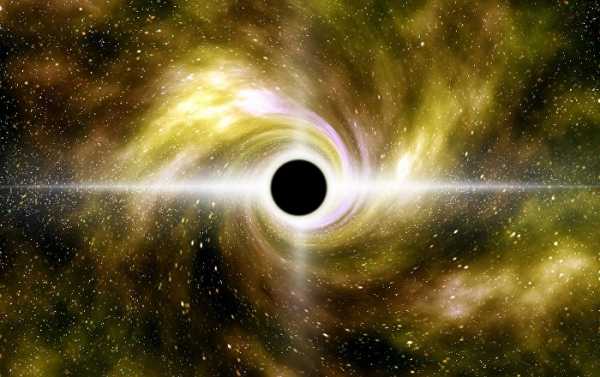
In mid-August 2019, the LIGO and Virgo detectors jointly spotted a merger of objects of markedly different masses – 23 and 2.6 times that of the Sun respectively. This eye-watering mismatch is a real puzzle, researchers believe.
Gravitational wave detectors have confirmed a cosmic collision during which a gigantic black hole swallowed up a mystery object that has been deemed as too heavy to be a neutron star, but way too light for a black hole, a study published in The Astrophysical Journal suggested.
Estimated to be 2.6 times the mass of the Sun, the object – codenamed GW190814 – falls into a hypothetical “mass gap” – one between the heaviest neutron star and the lightest black hole, as predicted by some theories, suggesting the gap doesn’t exist and that those theories need to be reconsidered and edited, Science Alert reported citing independent scientists.
The data came from physicists involved in studies at the Laser Interferometer Gravitational-Wave Observatory (LIGO), which houses a pair of detectors in Louisiana and Washington state, and Virgo, a similar detector based in Italy.
Since LIGO first sensed gravitational waves in 2016 which arise as two massive objects like black holes swirl into each other, physicists have spotted dozens of mergers. And on 14 August 2019, the LIGO and Virgo detectors captured a merger of objects with masses 23 and 2.6 times that of the Sun, the joint LIGO-Virgo collaboration confirmed on 23 June following a year of studies.
Capable of sensing only the gravitational waves from the collision, LIGO and Virgo cannot tell with certainty what the object is, she stressed.
However, as per Miller, nuclear physics suggests that a neutron star heavier than about 2.2 solar masses cannot support its own weight, so the object is “almost certainly” a black hole, Miller believes.
According to Feryal Özel, an astrophysicist at the University of Arizona, it is a big challenge to form a black hole this light. The earlier, pre-LIGO and pre-Virgo observations found none of the known black holes to weigh less than five solar masses, Ozel noted.
So they determine a mass gap between about 2.5 and five solar masses in which there should exist neither neutron stars nor black holes. However, the scientists stressed the conclusion was based purely on observations, with no scientific reason voiced to date as to whether black holes can or can’t form below five solar masses.
“Is there are a fundamental physics reason black holes can’t form below five solar masses?”, the scientist, one of the original mass gap proponents queried before rounding off:
Sourse: sputniknews.com






